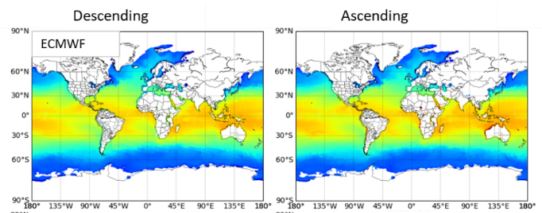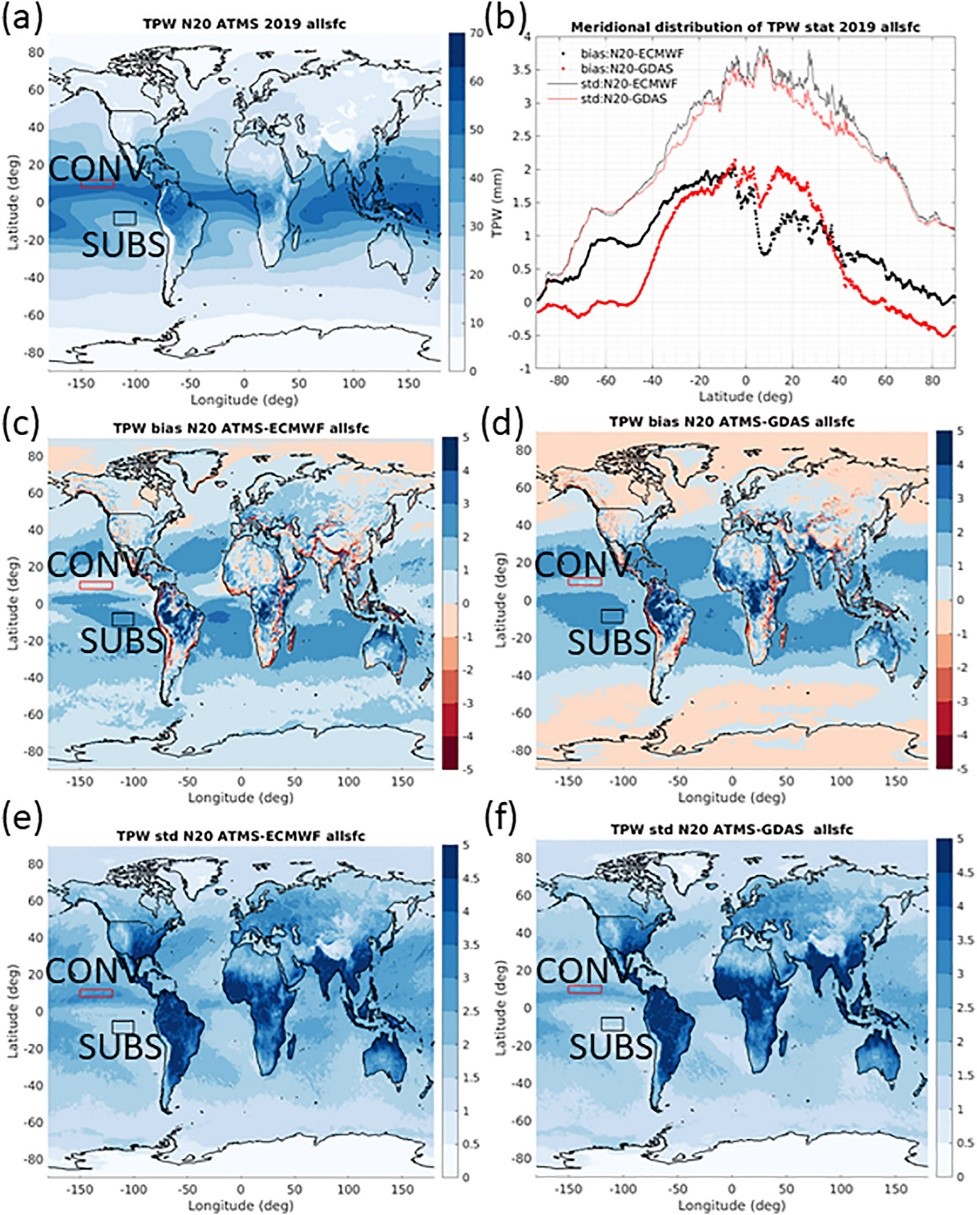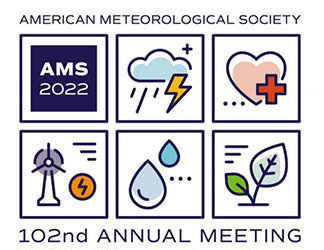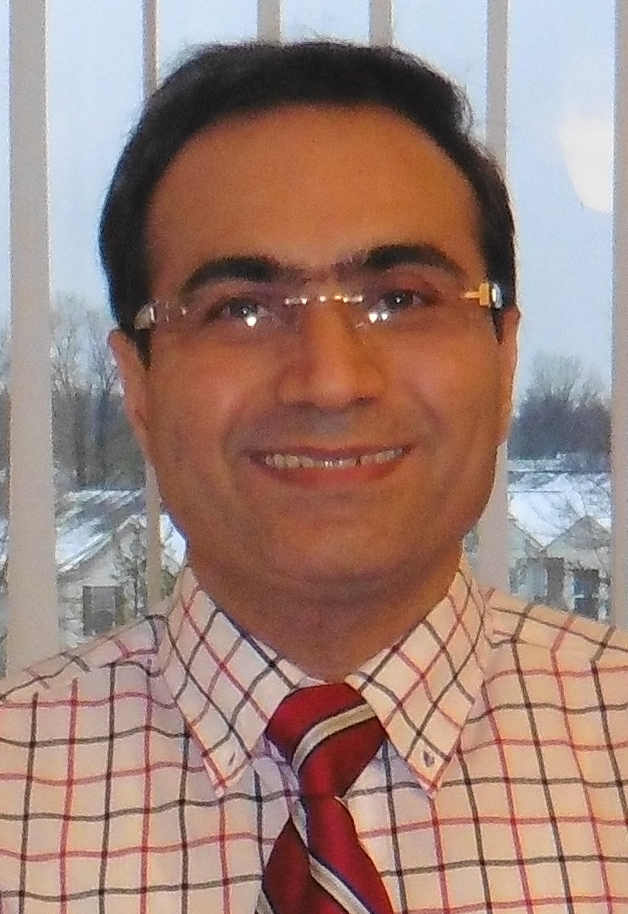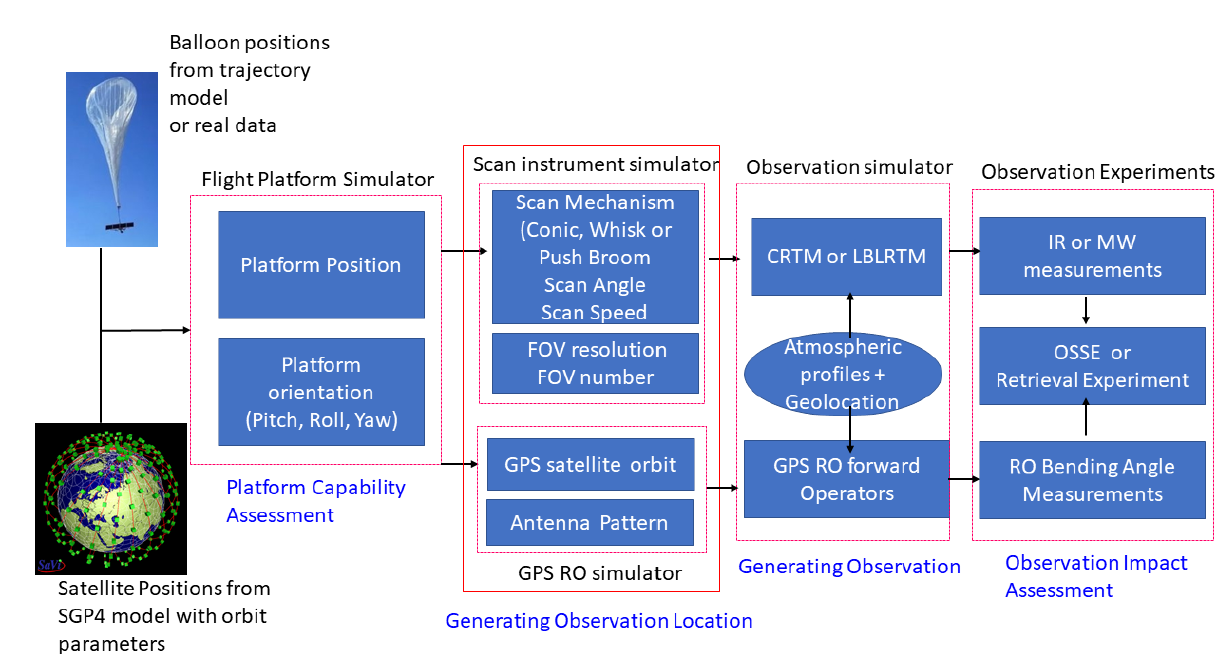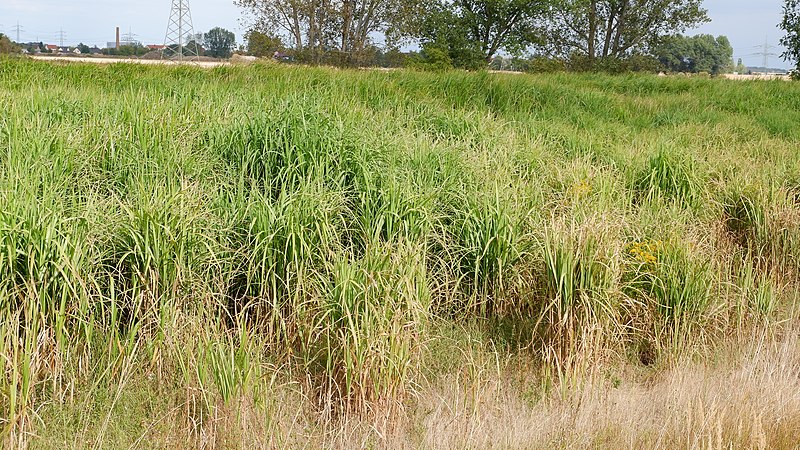
Growing This Plant Could Mitigate Climate Change in the Midwest
A new study including ESSIC scientist Xin-Zhong Liang has discovered that growing Miscanthus + giganteus, a type of perennial biomass crop, has a strong likelihood of significantly lowering regional summer temperatures and the vapor-pressure deficit, while increasing rainfall and overall crop productivity. This work was published in Global Change Biology-Bioenergy with Liang serving as Lead Principal Investigator. The first author, Yufeng He, is a former ESSIC Postdoctoral Associate.


